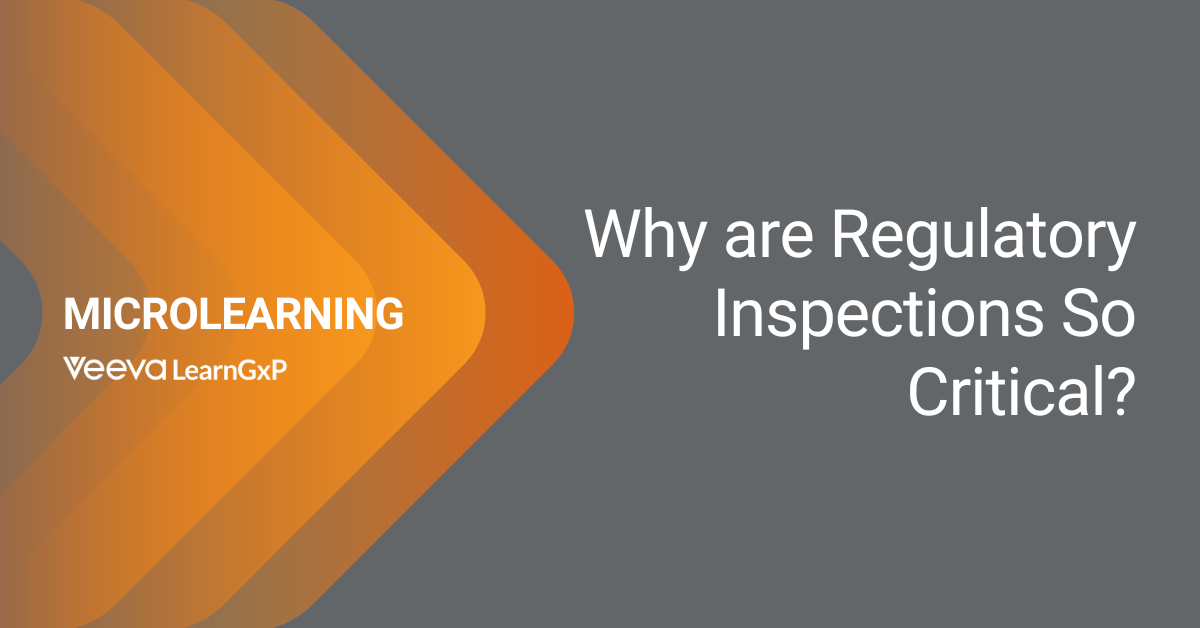The Water generation and distribution system has very high importance in Pharmaceuticals and it becomes very critical when it is a injectable unit. The qualification procedure of the water generation and distribution system is well described in the various guidelines. The water system is qualified through the various Phases Phase I, Phase II and Phase III.
At the end of Phase III of the water system it is said to be fully qualified. At this moment we have only one thing to remain in hand to prove that we have qualified the system appropriately that is “The documents”. Hence the document carries equal importance as that of the analysis while proceeding through these phases of the qualification.
The purpose of this article is to help understand the method of providing strong basis for the qualification of the water system and establishment of related standard operating procedures through effective documentation. .
At the end of this article we will understand the method of creating the basis for the establishment of various SOP’s, frequency of the sanitization, hold time of the chlorination and dechlorination agent and establishment of the alert limits during routine monitoring and establishment of the routine monitoring frequency. This article is kept restricted to the performance qualification of the water system, since this is enough to solve the purpose of this article.
Following are the various stages of the performance qualification of the water system and related documentation.
2.0 Pre-qualification stage:
Before this stage we shall have the following stages completed and related approved documents in hand.
- User Requirement specifications (URS)
- Design qualification
- Installation Qualification
- Operational Qualification
Out of these stages we shall have completed the Installation, Operational qualification of the water system.
2.1 Establishment of SOP’s:
This stage starts after the passivation of the system. In this stage the system is allowed to run for a few days in which the Water generated is drained daily and new water is allowed to generate to the fullest capacity. During this stage the chlorine content after dosing, and chlorine content is dechlorination and total microbial aerobic count is monitored daily.
During this stage we shall establish the dose and hold time of the chlorination agent and dechlorination agent, sanitization frequency of the water system. After this stage we will be in a position to write the standard operating procedure (SOP) for the following:
- Operation and Calibration of the online monitoring devices
- Operation of the Water system and its related components
- Dose and hold time of the Chlorination and dechlorination agent
- Sanitization frequency of the Water system
- Operation and Calibration of the analytical instruments
- Sampling of the various Grades of Water for chemical and microbiological analysis
- Preventive maintenance Procedure and frequency
Though these SOP’s may change during performance qualification of the system, it is very important to have these SOP’s ready since these SOP’s provide the strong pillar for the establishment of the SOP’s during routine operation of the system.
2.2 Establishment of the test specifications and method of analysis:
During this stage prepare the test specifications and method of analysis for the various grades of water. The common test specification may be performed which can comply the Pharmacopoeias of interest.
2.3 Establishment of the training flow:
During this stage the flow of the training of the water system is started. The Class room and on job training to the operators and the responsible persons for the water system shall be provided by the manufacturer of the water system (Trained professionals). The proper evidence of the training shall be established by doing written evaluation of the operators. The employees who are adequately trained by the professionals remain eligible to train the internal staff.
3.0 Performance qualification of the water system:
Having completed above stage, we have approved SOP’s and trained operators to operate the water system. Now we are in phase of verifying the suitability of these SOP’s and the qualification of the Water system. Prepare the Performance protocol to perform the qualification of the water system. This protocol shall contain the following:
- Brief description of Water generation and distribution system and its related components
- Name, Number and location of each user/ Sampling points
- Frequency of the monitoring of the each user /sampling points
- Preventive maintenance frequency
- Test to be performed for each user/Sampling points
- Test specifications and method of analysis to be used
- Drawings of the Water distribution system
- Brief method of the handling of the deviation
- References to the established SOP’s of the operation of the equipments sanitization
- Dosing and hold time of the chlorination and dechlorination agent
After having the approved protocol in hand we will start the qualification of the water system through Phase- I, Phase – II and Phase – III.
3.1 Phase – I
During the Phase – I of the water system, each user/sampling point is monitored daily (Normally this Phase lasts for one or two months) for the various applicable test and the data obtained is evaluated continuously. During this phase closely monitor the input and output of the each functional component of the system and check whether it is giving expected output. The trend analysis shall be performed for the each user point for each test.
The graph of the trend analysis shall contain the limit line, if the trending of the parameter is towards failure or out of expectation results appropriate corrective and preventive action is taken. During investigation ensure, whether there is lack of performance of the any component of the Water system. Also consider the revision in frequency of the sanitization, change in dose for the chlorination and dechlorination or preventive maintenance, while taking corrective and preventive action. This will require change in SOP.
At the end of this phase prepare the report which will contain:
- The minimum, maximum and average of the each monitoring parameter
- The observations of the online monitoring devices
- Test specification and method of analysis followed
- The sanitization frequency followed during qualification
- Preventive maintenance frequency followed
- Deviations observed in any and corrective and preventive action taken
Corrective and preventive actions should be taken to rectify and avoid the recurrence of such problems.
3.2 Phase- II of the water system qualification:
This Phase is normally carried out for one or two months. Analysis of the Water drawn from each user/ Sampling point is performed on daily basis. This phase plays the important role if there is any change in the SOP’s occurred during Phase-I of the Water system qualification. Observe closely the trending of the parameter towards the failure.
Prepare the trend analysis for each parameter of each user point and for the online parameters. Prepare the report for the Phase II qualification having the contents as that described in the Phase- I qualification report.
3.3 Phase – III of the Water system qualification:
This phase is carried out for one year to establish the effect of the seasonal variation on the water system. During this phase the suitability of the SOP’s is verified in various seasons. During this phase, the frequency for the monitoring of each user point can be reduced. (Once in a week).
However while reducing the frequency, consideration shall be given to monitor the critical points daily e.g. the sample from the storage tanks and return loops, since this is representative sample of all the user/sampling points. Prepare the sampling policy for the Phase – III of the water system.
During the Phase – III of the water system, closely monitor the results and prepare the trend for each test specification of each user point and for online parameters.
Prepare the report of the Phase III water system qualification containing
- The minimum, maximum and average of the each monitoring parameter
- The observations of the online monitoring devices
- Test specifications and method of analysis followed
- The sanitization frequency followed during qualification
- Preventive maintenance frequency followed
- Deviations observed in any and corrective and preventive action taken
Prepare another report containing the observations of all the Phase-I, Phase – II and Phase-III qualification report. Cumulatively address the deviations observed in Phase- I, Phase-II and Phase –III water system qualification and the corrective and preventative actions taken against each deviation and observations.
After successful completion of the Phase – III Water system qualification, based on the observation prepare sampling and analysis schedule for the routine monitoring of the Water system.
Conclusion
In this stage the frequency of the monitoring may be reduced based on the observations of Phase – III qualification. Establish the alert and action limits for the routine monitoring by statistical evaluation of the data for each parameter during Phase – III of the Water system qualification. Having completed successfully the Phase – I, Phase- II and Phase –III of water system qualification, we have the following:
- Established SOP for Operation and Calibration of the online monitoring devices.
- Established SOP for Operation of the Water system and its related components
- Established SOP for Dose and hold time of the Chlorination and dechlorination agent
- Established SOP for Sanitization frequency of the Water system
- Established SOP for Operation and Calibration of the analytical instruments
- Established test specifications and method of analysis
- Established SOP for Sampling of the various Grades of Water for Chemical and microbiological analysis
- Established SOP for Preventive maintenance and frequency
- Established alert and action limits
- Trained staff, with adequate documentation of the training of each trained operator
- Qualified Water generation and distribution system with adequate documentation and justification





